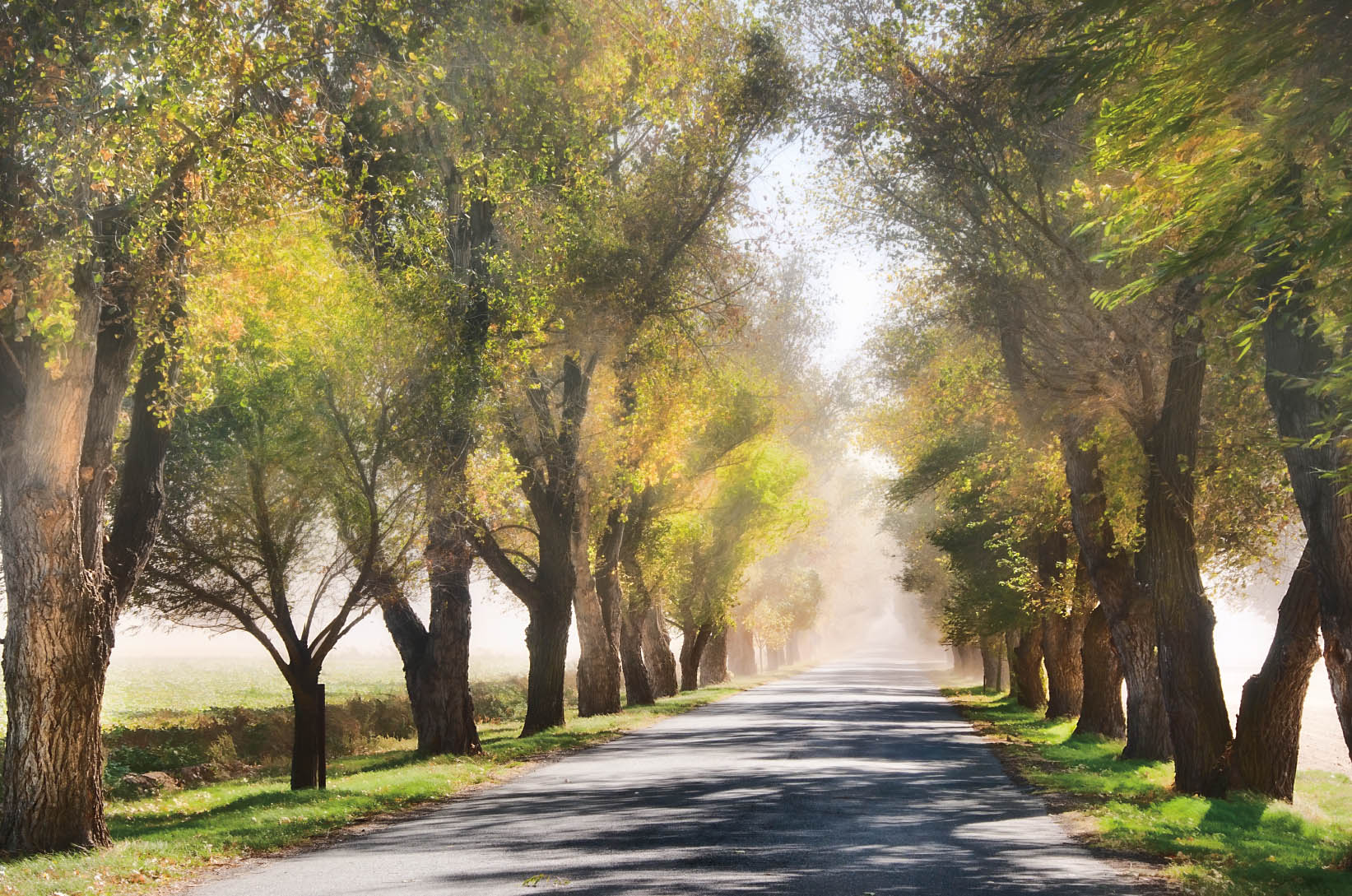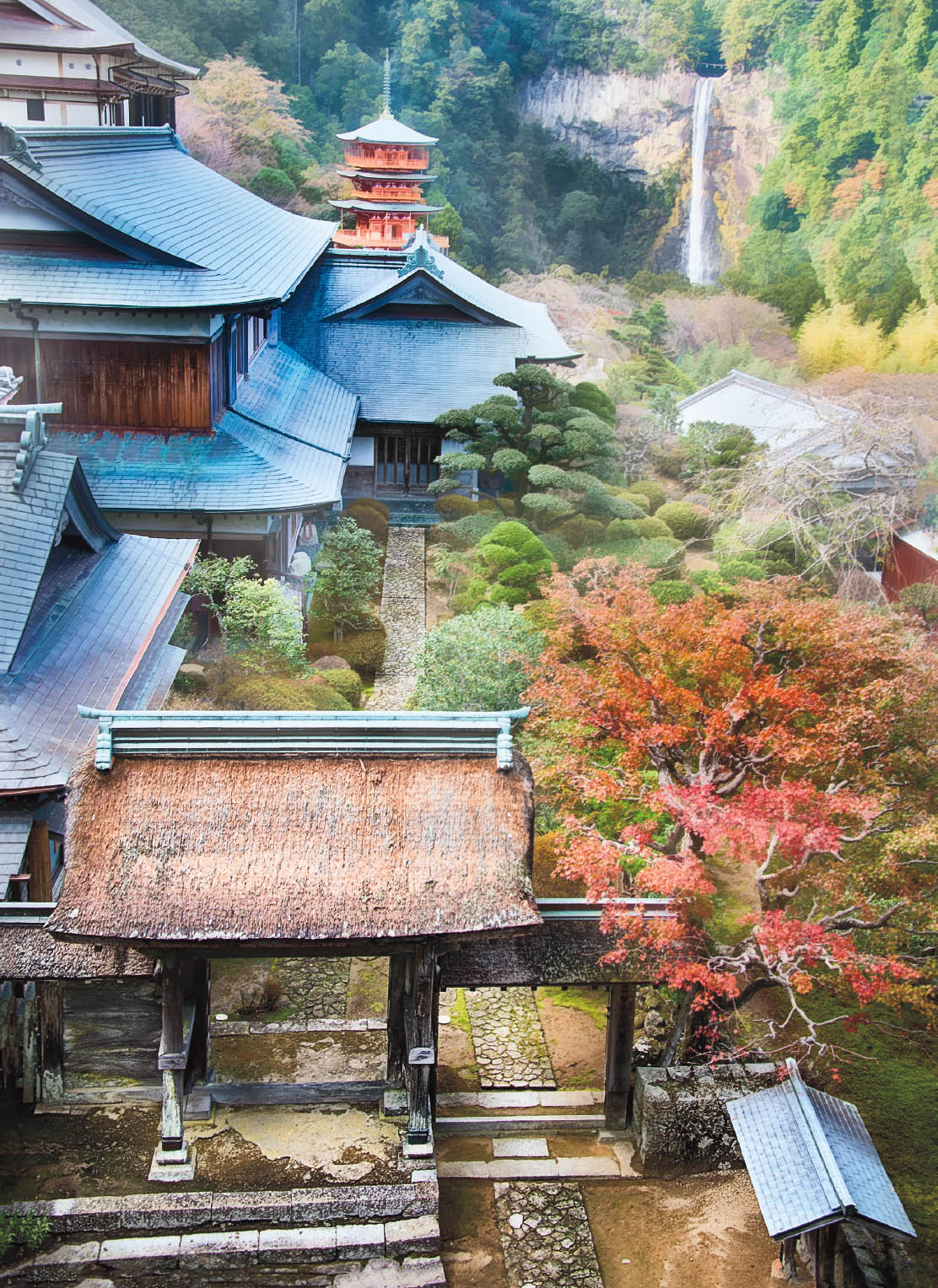Garden Styles
Nature is beautiful in many of its guises, from untouched mountaintops to coastal beaches and arctic plains. When humans impose their vision upon nature, the results can be stunning and beautiful, although sometimes raw wilderness speaks more to my soul than any cultivated garden.
In any case, the taxonomy of garden design has identified a number of garden styles that are typical of specific eras and areas. These include:
- French gardens: Usually extremely formal and delineated by hedges, paths, and prescribed vistas (see pages 26–33). The French garden style is derived from the gardens of the Italian Renaissance, so might be better called the “Franco-Italian” garden.
- English gardens: In contrast to the Franco-Italian garden, the English garden is thought to be wild and free and to allow plants to take their natural form and shape. The reality is that classical English gardens are not as wild as all that, and the freedom has its limits. In other words, the English garden is closer to a cottage garden than it is to the wilderness.
- Japanese gardens: This kind of garden follows a very developed tradition involving aesthetic and philosophic ideas embedded in the Japanese culture. Generally, Japanese gardens avoid excessive ornamentation and include a focus on the natural landscape. Both plants and materials are generally intended to indicate antiquity, to express the ephemerality of life, and to provide fuel for meditation on time’s unstoppable advance.
- California-style gardens: California design has a very specific look and feel, where gardens are manicured under Monterey pines and run down to a craggy shoreline, occupied by fanatical surfers. Well, you get the idea!
If you are a professional garden designer, or even anyone who has planned their own garden, you will know that one of the most important design ingredients is time. Plants and gardens grow and change over time, as they should and is the way of nature.
Unfortunately, with the first garden that I planned, I didn’t really give this much thought. So within a few years, my larger specimens were all competing with each other and the paths had more or less vanished.
Flower and Shadows—Gardens in California often show their warm-weather lineage, with touches of old Mexico, old Spain, and Moorish influence. This means courtyards, stucco white walls, provisions for shade, and the contrast between splashes of color—such as the red-potted impatiens in this image—and otherwise monochromatic exteriors.
I photographed the corner of the garden shown in the public area of Blake Garden in Kensington, California.
Canon PowerShot G3, 1/20 of a second at f/8, hand held.
On a larger scale than my postage-stamp garden, time has to be accounted for in terms of the life cycle of a garden. Grand public gardens, like those in France, can be replanted seasonally or every few years. This is one way to handle the issue of time. The other approach is to allow for the changes that will take place in the future. An implication of a time-based garden plan is that there is a life cycle. In the early years of a garden, it is like a toddler, still maturing. At a certain point, the garden is mature and at its best. This can last for a number of years. With the arc of time, the garden will go into eclipse and need to be redesigned or replanted.
From the viewpoint of photography, understanding where a garden is in its life cycle is one way to capture the garden at its best. I should probably note here the principle that Japanese garden designers term wabi-sabi (![]() )—that many plants and gardens are most beautiful through their entire life cycle, and as they begin to decay.
)—that many plants and gardens are most beautiful through their entire life cycle, and as they begin to decay.
Obviously, geography, topography, and climate play a big role in garden design. Not only do these factors limit what is possible in a given garden, they also limit what seems appropriate. For example, I am always irked by the water-intensive lawns of golf courses in the desert. A golf course is a kind of garden, but to heavily water it in an arid climate is, in my opinion, simply insane. Go ahead golfers, flame me, I can take it!
Aisle of Sight—The great central valley of California is dominated by agribusiness farms and is the “bread basket” of the United States. This large-scale farm “dresses up” its entrance with an aisle of mature trees. I stopped in the partial haze of a sunlit windstorm to make the image shown here. The dust kicked up by the windstorm created a wonderful diffuse effect.
Nikon D300, 62mm, 1/160 of a second at f/11 and ISO 100, hand held.
Nachi-san—The temple complex at the terminus of the Kumano Kodo pilgrimage trail near the Inland Sea of Japan is a UNESCO World Heritage monument that is the focus of a great deal of religious pilgrimages in Japan. While some pilgrims do it the hard way and walk the ancient stones of the Kumano Kodo over mountain passes and down through deep valleys to arrive in Nachi-san, most visitors arrive on bus tours.
While tchotchke stands and other facilities abound for the mostly-Japanese religious tourists, the temple complex at Nachi-san is a serious place with an ancient tradition and heritage, showing its lineage as both a Buddhist shrine and a Shinto temple, both an important part of the official Japanese syncretic religion beginning in the Meiji era. There’s no doubt that the formal, decorative, and just plain elegant aspects of the gardens surrounding the temples, some of which are shown in my photograph along with temple buildings and the sacred Nachi waterfall, are intended to bring these elements in a meditative fashion to the mind of the visiting religious pilgrim.
Nikon D800, 40mm, 1/60 of a second at f/5.6 and ISO 200, tripod mounted.
Some plants require a winter with a hard frost; others cannot take too much cold. Climate plays a big role in what can be designed into a garden, and the style of a garden. The specifics of what plants can be grown where is delineated in a number of classifications well known to gardeners—in the United States, most famously the USDA Plant Hardiness Zone system.
Within a given region, even a scheme like the USDA’s zone system may not be precise enough. For example, where I live in the San Francisco Bay Area, there are many micro-climates that can vary tremendously even if they are adjacent. They have a few sayings about Bay Area weather: Don’t like it, wait five minutes. Really don’t like it, move over 10 feet.
In summary, the best-designed gardens are really appropriate for their geographic, topographic, and climatological environment. A related interesting issue is what kinds of plants to use in one’s garden. Some gardens are based around native plants. The idea of these gardens is that only species that were present before human cultivation should be included. Other garden styles are more eclectic: If it can grow there, it can be included.
Overlaying the general principles of garden styles and design, there are many specific kinds of gardens that have their own aesthetic and style orientations. I’ve already mentioned some of these, for example French gardens, Zen rock gardens, and golf courses. Many other single-purpose gardens come to mind. This list includes vegetable gardens, herb and medicinal gardens, and single-species gardens—such as a garden only of orchids or a camellia garden—to name a few.



